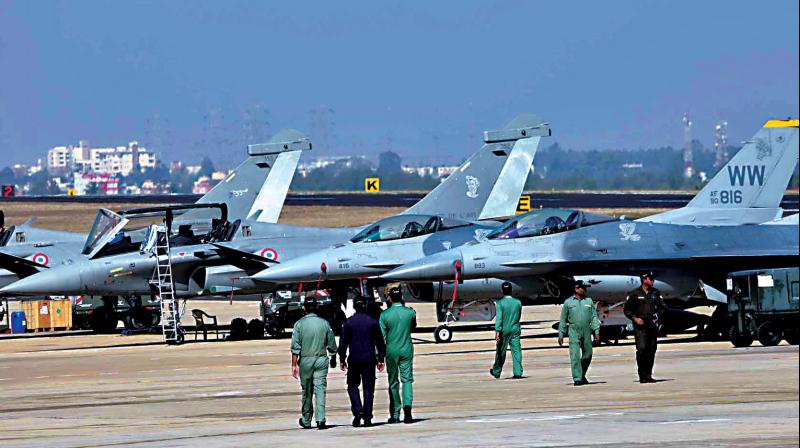A saga of the Indian AWACS
Following this. in the mid-eighties, India started the study project and submitted its report recommending the design of Indian AWACS.

Bengaluru: At the time when low flying to avoid radar detection was predominant, the Americans in 1973, brought in new Operational Requirements (OR) for the design and development of Airborne Warning and Control System called ‘AWACS’, but their initial Operational Clearance (IOC) version of AWACS started flying in 1978.
Following this. in the mid-eighties, India started the study project and submitted its report recommending the design of Indian AWACS. After a gap, a project known as Airborne Surveillance Platform (ASP) was sanctioned by DRDO and an organization known as Centre for Air Borne System (CABS) was established in 1991 in Bengaluru.
The project envisaged the development of a prototype AWACS mainly with an intent of developing an airborne radar fitted on the ‘AVRO’ or HS 748 platform inside a rotodome with the radar antenna and other subsystems such as transmitter, receiver, signal processor and the display inside the cabin. The aim was achieved and resulted in the collection of several information such as clutter performance for an airborne radar, etc.
However, in 1999, before completing all the goals set for the project, the aircraft with the ASP system crashed, bringing the efforts on Indian AWACS to a grinding halt.
After a gap of five years, in 2004, a programme known as Airborne Early Warning and Control System (AEW&C) was sanctioned by DRDO to its lab, CABS, with a condition that the radar should be an Active Electronically Scanning Array (AESA) radar with no mechanical rotation.
The Operational requirement (OR), however, could be finalized with IAF only in 2007. Accordingly, the system was developed with Embraer 145 aircraft and with the support of consortium of other DRDO labs and private industries. The same was handed over to IAF as IOC configuration in AERO India 2017 by the then defence minister Manohar Parrikar. This system, like other such systems in the world, has all and more capabilities.

